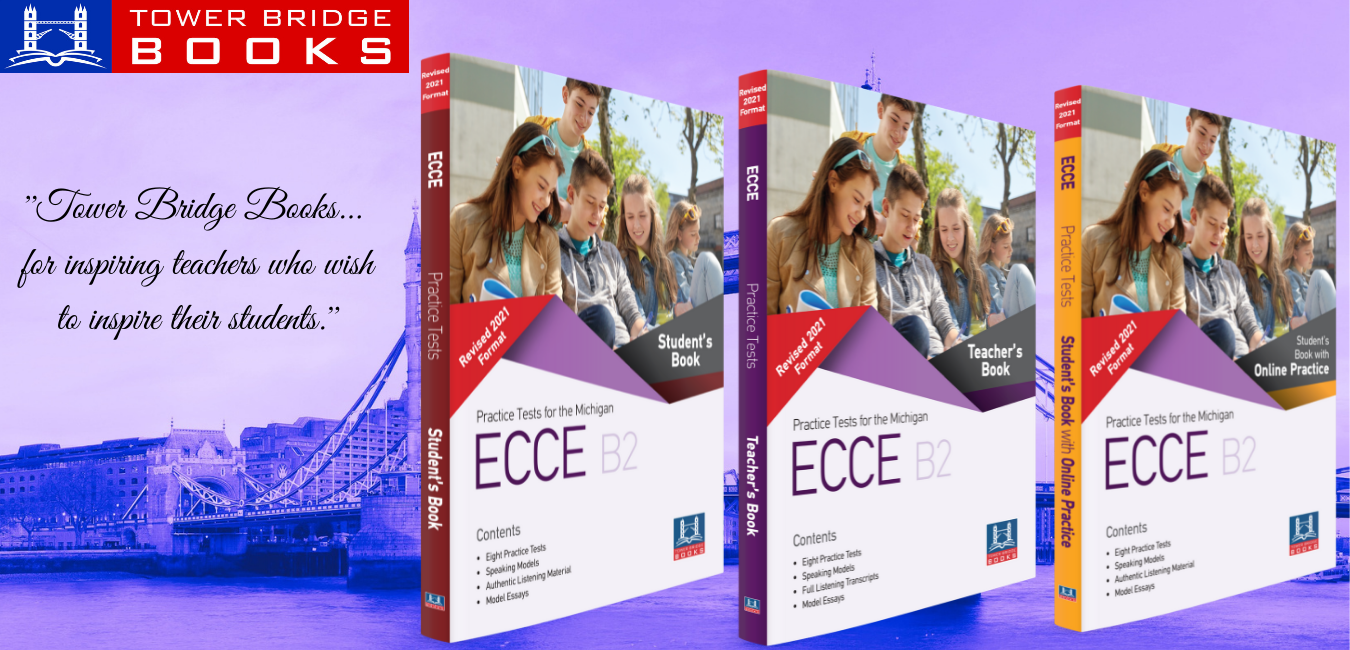A look at one-way middle and high school teachers can equip their students with the skills to become independent thinkers.
If the goal of teachers is to make themselves progressively unnecessary, to paraphrase 20th-century educational theorist Thomas Carruthers, how can they equip their students with the skills and dispositions that will transform them from dependent learners into independent ones?
A dependent learner relies on the teacher to bear most of the cognitive load in the classroom through direct instruction and other passive sit-and-get approaches. An independent learner is an active participant in their learning. They have the grit to take the initiative and are curious, critical thinkers who can transfer their learning to new and novel situations with a minimum of scaffolding. Unfortunately, race, language, gender, and socioeconomic status may prevent some students from having equal access to a rigorous curriculum that promotes independent learning.
FROM DEPENDENT TO INDEPENDENT
Over two decades ago, Geneva Gay introduced culturally responsive teaching to ensure that dependent learners can become independent ones. This framework helps teachers connect students’ culture, language, and life experience to the classroom to increase student achievement for all learners. Gay described culturally responsive teaching as “using the cultural knowledge, prior experiences, frames of reference, and performance styles of ethnically diverse students to make learning encounters more relevant to and effective for them.”
Gay’s framework is that teachers should employ teaching approaches to help marginalized students become academically successful through learning activities with high cognitive demand such as project-based learning, which gives students the opportunity to identify, analyze, and solve real-world problems, particularly those that have resulted in legacies of privilege and oppression.
CULTURALLY RESPONSIVE INQUIRY LEARNING
Culturally responsive inquiry learning blends aspects of culturally responsive teaching with the high cognitive demand of inquiry-based learning, a student-centered approach to teaching and learning that actively engages students in the learning process. There are many variations of inquiry-based learning, including project-, problem-, and design-based learning. Generally speaking, inquiry-based learning requires students to ask questions, engage in formative and summative tasks, and use primary sources as evidence as they seek answers to their questions. Each of these components requires students to engage in their learning activities and at the same time develop 21st-century skills of communication, collaboration, critical thinking, and creativity.
These 21st-century skills are the core competencies that advocates believe are necessary for students to succeed in the knowledge economy, which researchers from Harvard University define as “production and services based on knowledge-intensive activities that contribute to an accelerated pace of technical and scientific advance, as well as rapid obsolescence. The key component of a knowledge economy is a greater reliance on intellectual capabilities than on physical inputs or natural resources.”

CRITICAL QUESTIONS
Students take ownership of their learning when they connect with it personally. In culturally responsive inquiry learning, students craft discipline-based questions, known as critical questions, that drive the inquiry process. Working in collaborative teams, students have the opportunity to generate critical questions and investigate enduring societal issues such as injustice, inequality, and discrimination. This process raises students’ critical consciousness and encourages critical thinking.
Teachers use formative and summative tasks in the inquiry-based classroom to monitor and assess student learning. Formative tasks keep students on track and provide the teacher with information about student learning; they may include student-led discussions, portfolios, learning journals, and self-reflection. With summative tasks, students demonstrate their learning by responding to the inquiry’s critical questions. In culturally responsive inquiry, the summative assessment should be an authentic application of the knowledge and skills that students learned in the lesson that will allow them to engage in a real-world task and take informed action.
WORKING WITH PRIMARY SOURCES
The last element of culturally responsive inquiry learning is the source component. Primary sources of information were created during the period under investigation; they include newspaper articles, speeches, memoirs, music, art, photographs, audio recordings, and interviews. Students use primary sources as evidence as they seek to answer the inquiry’s critical questions. Using sources from multiple perspectives, particularly from underrepresented people such as ethnic minorities, immigrants, women, LGBT, and the working class, is necessary to understand a given topic’s full depth and complexity. Further, when students interpret primary sources, they develop critical thinking skills as they research and locate the source and think about its authorship, intended audience, bias, and purpose.
Cultural anthropologist Margaret Mead once wrote, “Children must be taught how to think, not what to think.” Students actively engage in their learning and become independent learners when they ask their own questions, search for answers, and take informed action to address social, political, and economic injustice. Culturally responsive inquiry learning is an effective pedagogy that can empower all students to become academically successful, culturally competent, and socially conscious learners.
By Jeffrey Hinton